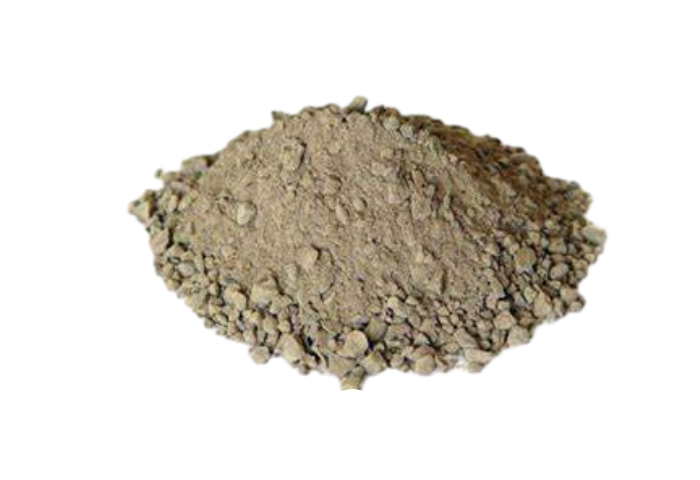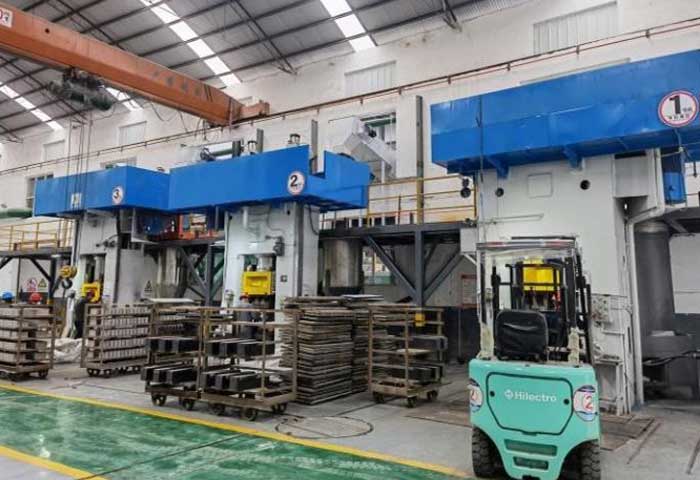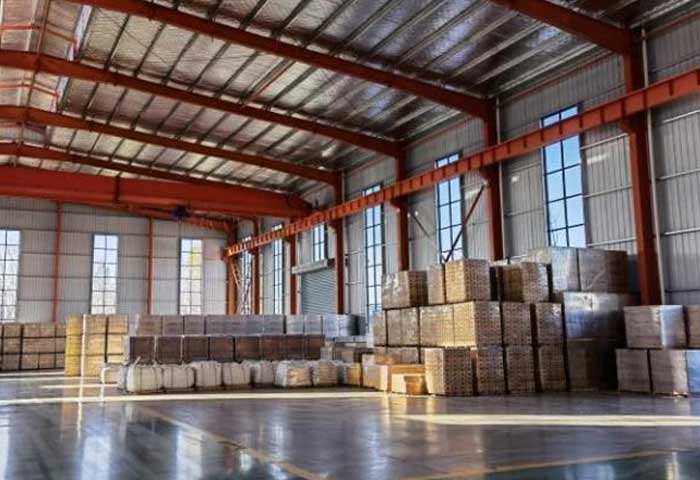High Alumina Castable

High alumina refractory castable is a type of refractory material that is made from high-grade alumina, binders, and additives.
It is a mixture of powders that are combined with water to create a slurry that can be poured and shaped to form a refractory structure.
It has excellent properties such as high refractoriness, good thermal shock resistance, high strength, good chemical stability, and good abrasion resistance.
Due to these properties, it is widely used in various high-temperature applications.
The refractory castables produced by PER Refractories have excellent insulation and heat resistance properties. Therefore they are widely used in high-temperature industries such as steel, cement and petrochemicals.
Technical Specifications Of High Alumina Castables
The technical index of high alumina castables is the main reference in the procurement process, which determines the quality of refractory castables.
There are 7 main technical indexes of refractory castables, which are A2O3 content, bulk density, apparent porosity, normal temperature compressive strength, load softening temperature, and thermal shock stability.
In the following, take high alumina refractory castables as an example and analyze their technical indexes.
1. AI203 Content
A2O3 content is commonly known as the content of aluminum trioxide in high alumina castables, which determines the level of various other properties. Therefore, it is the main performance index of high alumina castables.
2. Bulk Density
Bulk density is the ratio between the dry mass of high alumina castables and their total volume in g/c3. Bulk density mainly indicates the denseness of high alumina castables. Usually, the bulk density of high alumina castables has a great connection with its porosity and mineral composition.
3. Room Temperature Flexural Strength
The normal temperature flexural strength is the maximum bending stress that a strip made of high alumina castables can withstand in a test. The chemical composition, mineral composition, organization, and production process of the material have a decisive influence on the flexural strength of the material, especially the high-temperature flexural strength. Usually, the use of high-purity raw materials, controlling the material reasonable particle gradation, increasing the molding pressure, the use of high-quality binding agents, and improving the degree of sintering products, can improve the flexural strength of the material.
4. Normal Temperature Compressive Strength
Compressive strength refers to the ultimate load that the construction body of high alumina castables can bear without being destroyed under a certain temperature per unit area. The compressive strength at room temperature is an indication of the sintering of the material and the properties related to its structure. In addition, other properties such as wear resistance and impact resistance can be indirectly evaluated by the compressive strength at room temperature.
5. Load Softening Temperature
The load softening temperature of high alumina castables refers to the temperature at which deformation occurs during use. The load softening temperature indicates the ability of the refractory to resist both high temperature and load. To a certain extent, it indicates the structural strength of the product under similar conditions of its use.
6. Alkali Resistance
High alumina castables for cement kilns are often subjected to alkaline gas erosion in the kiln, so it is necessary to test the alkali resistance of the material. Alkali resistance is the ability of refractory castables to resist alkaline attacks at high temperatures.
The above is the key to the technical performance index of high alumina castables. When purchasing and using high alumina castables, they must be selected in strict accordance with the requirements of the actual furnace. Only on the premise of guaranteeing the service life of high alumina castables can we extend the service life and save the maintenance cost.
Advantages of High Alumina Refractory Castable
High Alumina Castable has several advantages over other refractory materials. Some of its advantages include:
1. High Refractoriness
It has high refractoriness, which makes it an excellent choice for high-temperature applications.
2. Good Thermal Shock Resistance
It has good thermal shock resistance, which allows it to withstand rapid temperature changes without cracking or spalling.
3. Good Chemical Stability
It is highly stable chemically, which makes it resistant to chemical corrosion.
4. Good Abrasion Resistance
It has good abrasion resistance, which allows it to withstand mechanical wear and tear.
5. Versatility
It is a versatile refractory material that can be used in various high-temperature applications.
How to Use High Alumina Castable
It is easy to use and can be molded into various shapes. Here’s how to use it:
Mix the High Alumina Castable powder with water according to the manufacturer’s instructions.
Mix the slurry until it becomes a smooth, consistent mixture.
Pour the slurry into the mold or shape you want to create.
Allow the High Alumina Castable to dry completely before subjecting it to high temperatures.
Tips for Using High Alumina Castable
Here are some tips that can help you get the most out of high alumina castable:
Follow the Manufacturer’s Instructions
Always follow the manufacturer’s instructions when mixing and applying high alumina castable.
Use the Right Amount of Water
Use the right amount of water when mixing the high alumina castable slurry. Too much or too little water can affect the strength and durability of the material.
Allow Sufficient Drying Time
Make sure you allow sufficient drying time for the high alumina castable to dry completely before subjecting it to high temperatures.
About PER Refractories Company


High Alumina Castable is an excellent refractory material that possesses exceptional properties, making it an ideal choice for high-temperature applications.
Its versatility, high refractoriness, good thermal shock resistance, high strength, good chemical stability, and good abrasion resistance make it a favorite among engineers and technicians in various industries.
However, it also has a few disadvantages, such as its high cost and long drying time, which should be considered before using it.
To get the best results, always follow the manufacturer’s instructions and use the right amount of water. With proper handling and usage, high alumina castable can provide you with excellent performance and durability.
PER Refractories Plant uses advanced production processes and equipment to mix and shape castables to meet the specific requirements of our customers.
Our refractory castables plants have the ability to customize the properties of the castables to suit a variety of applications, making them ideal for a wide range of industrial processes.
Overall, PER refractory castables manufacturers offer significant advantages in terms of cost effectiveness, quality and customization, making them a key component of high temperature industrial manufacturing and operations.
To get a more advantageous castable refractory price, please contact us and we will be happy to assist you.
